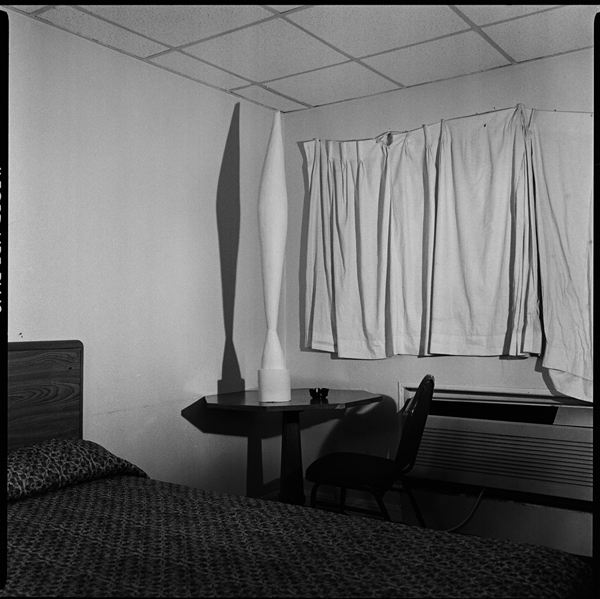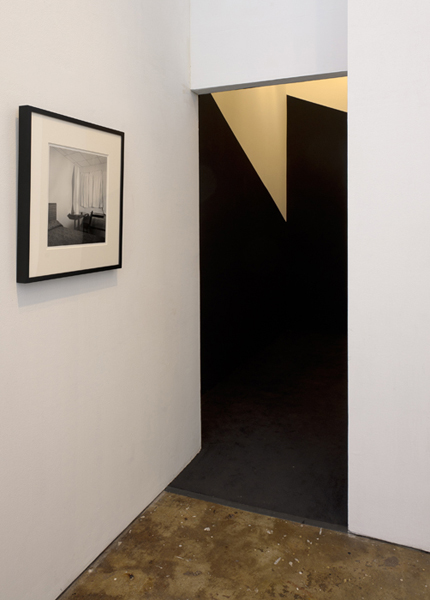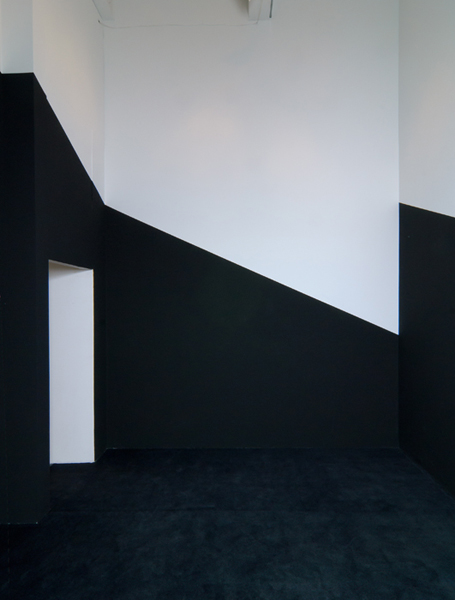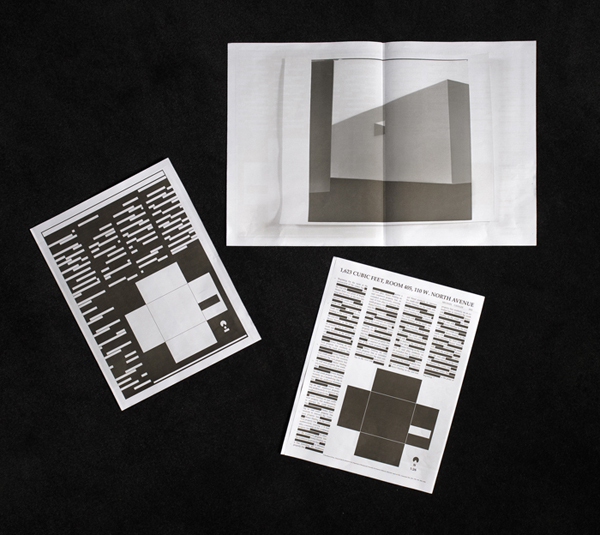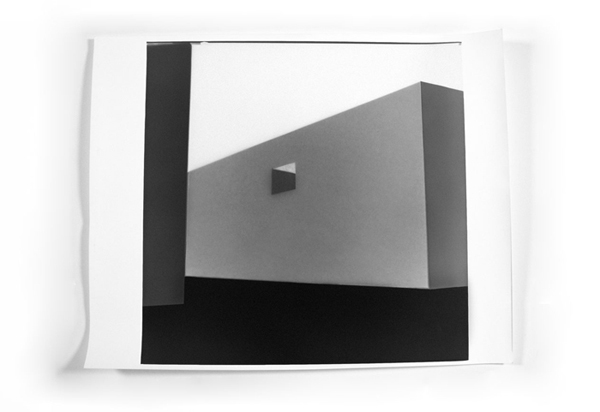1,623 cubic feet, room 405, 110 W. North Avenue is a site-specific installation interrogating gentrification and privatization within the emerging Station North Arts District of Baltimore. Focusing on the increasingly important role that air rights play in these contested struggles for space, the work takes as its departure an immaterial readymade: the cubic feet of air circumscribed by one room of the North Avenue Motel, a pivotal site in the city’s redevelopment campaign. 1,623 Cubic Feet mobilizes this unit of space in two separate locations. Onsite, the artist engages in a protracted legal effort to secure 1,623 cubic feet of air above the motel building and designate this volume of air as an easement, effectively removing it from the private domain and placing it in the public domain. Once secured, this volume of air will frustrate future battles over the property: forcing future development to accommodate the invisible sculpture as a void within its architecture.
The second manifestation of the work was located in the Contemporary Museum. The otherwise immaterial quality of 1,623 cubic feet of air was given schematic visual form by way of a contrast between black and white paint. Black paint, which is often used to block out parts of the exhibition room that the viewer should ignore, here demarks negative space. The remaining white sections of the walls then serve as an analogue for the volume of the motel airspace. Lit to draw attention to the white sections of the walls, the installation marks the commissioning museum as a black site, so to speak, as an institution that excises itself from the struggles over property in this new arts district.
The third element is a reversible publication that was distributed at the two sites. The publication contains a text from an urban renewal plan, which describes by way of street directions the boundaries of the district. The artist has censored the document, eliminating specific street names and highlighting the bureaucratic language of demarcation and delineation. The centerfold shows a massing diagram, which illustrates what the site would look like if development took place around the easement. The reverse side eliminates all of the text and reverses the negative and positive to create a purely abstract text box composition.
